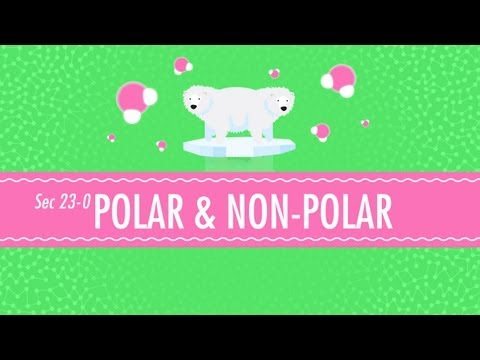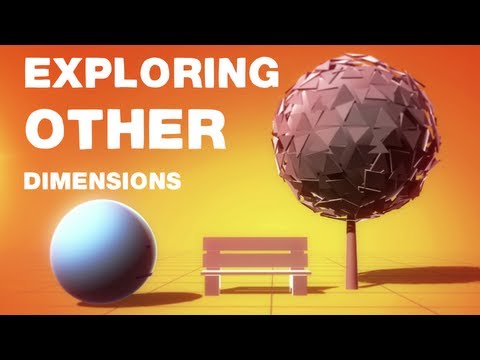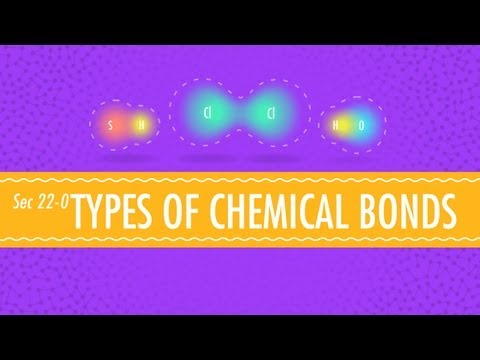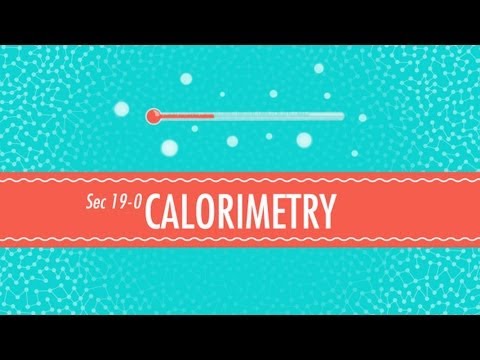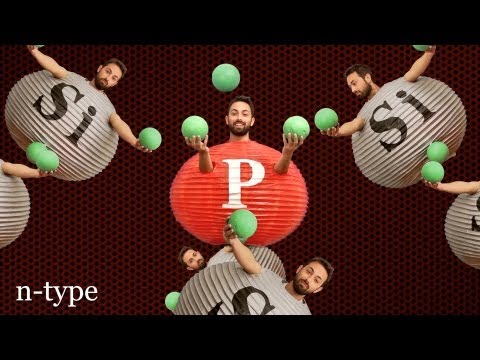Polar & non-polar molecules
Molecules come in infinite varieties, so in order to help the complicated chemical world make a little more sense, we classify and categorize them. One of the most important of those classifications is whether a molecule is polar or non-polar, which describes a kind of symmetry – not just of the molecule, but of the charge. In this edition of Crash Course Chemistry, Hank comes out for Team Polar, and describes why these molecules are so interesting to him.

